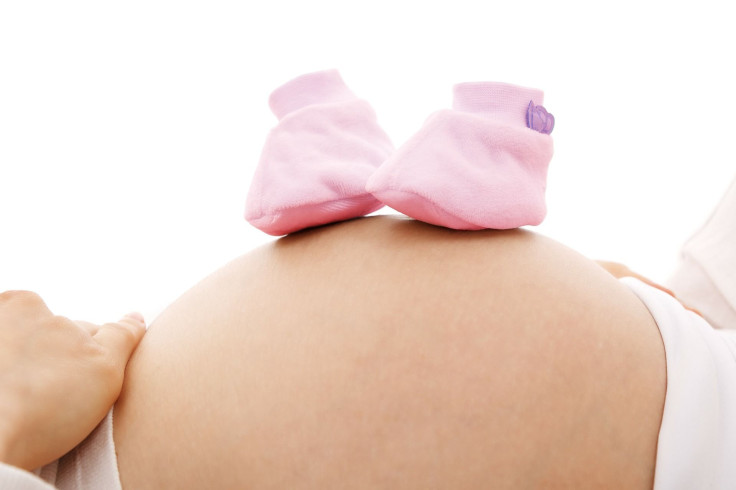Vaginal Defect Created By Male Hormones In Womb

Birth defects often have serious medical consequences for their victims and are devastating for parents, but doctors don’t always know how they come about or how to prevent them. Having a singular opening for both the vagina and the urethra, combining the paths of reproductive activity and urine, is one of those medical mysteries. But new findings published in the Proceedings of the National Academy of Sciences may have an answer.
The researchers suggest that particular defect arises when fetal females are exposed to too much androgen during a certain window in their development. Androgens are a group of hormones that most prominently include testosterone, Encyclopaedia Britannica says, and “primarily influence the growth and development of the male reproductive system.” A statement from the University of Florida explained that scientists already know these hormones can cause genital defects when females are exposed to it prenatally, because typically “androgens act as masculinizing hormones, directing formation of male genitalia and preventing formation of a vaginal opening in boys.”
The study identifies the gestational period in mice when the vagina and urethra differentiate from one another and shows the effect of androgen on that process — it blocks the cells that the scientists found work to move the vagina into the correct position.
Mice may not sound like the best place to start in studying a human genital defect, but study author Christine Larkins at the University of Florida College of Medicine said in a statement that having two separate openings for the vagina and the urethra “is something that is almost exclusively found in rodents and primates, including humans.”
When the defect is more mild, the two tubes are joined closer to their exterior openings, but more severe cases have them joined all the way up near the bladder, complicating matters. And fused tubes, like other vaginal defects, come with serious medical problems. In the university statement Dr. Romano DeMarco, from the UF department of urology, listed incontinence, infertility and inability to have intercourse among those issues, on top of the psychological and social consequences of physical deformities.
Larkins expressed hope the new information would help regulate the developmental process to prevent abnormalities: “This study really opens the door for us to get at the targets of androgen that are regulating this process.”
Although genital defects are one of the most common birth defects, with one for every 250 births, the University of Florida estimates, there’s not a lot of information out there. “We know very little about external genital development, despite the high incidence of malformations,” study researcher Martin Cohn, a molecular genetics and microbiology professor said in a statement. “The little bit that we do know is almost all from studies of males. There's a lot of catching up to do.”
A singular opening for both the vagina and the urethra is not the only vaginal defect that can form in the womb. Rather than having too few openings, females can also develop with too many, although many don’t even know it. Double reproductive organs, like two uteri, occur in about one out of every 2,000 women. The Mayo Clinic explains that during fetal development, two tubes that are supposed to join into one larger organ — the uterus — sometimes do not merge, and develop into two wombs.
Those two wombs could either share a cervix or have two separate openings into the vagina, which also sometimes means there are two vaginas if “a thin wall of tissue runs down the length of the vagina, dividing it into two separate openings.” One side of the split vagina typically will be bigger than the other, Scientific American says, so most women with the condition use that side for intercourse and never get surgery to fuse the two openings.
Source: Larkins CE, Enriquez AB and Cohn MJ. Spatiotemporal dynamics of androgen signaling underlie sexual differentiation and congenital malformations of the urethra and vagina. Proceedings of the National Academy of Sciences. 2016.



























